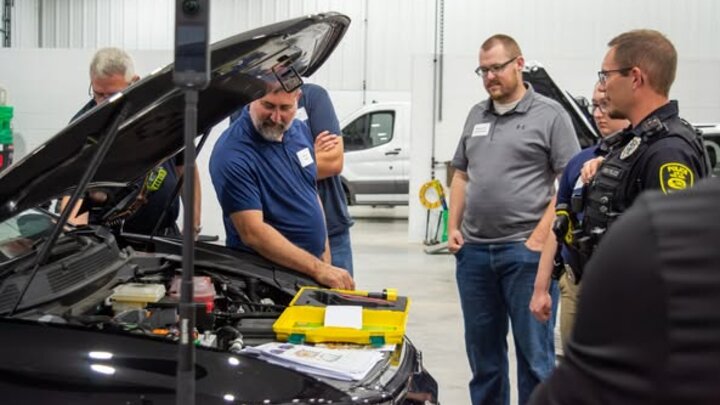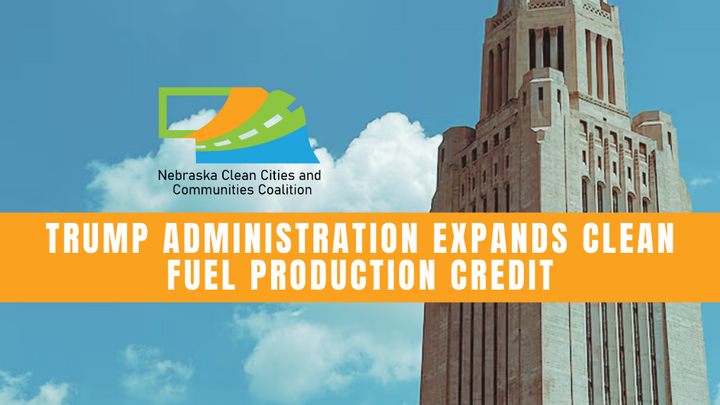The future of clean mobility in Nebraska—and across the country—is at a critical turning point. In May, the U.S. House passed a sweeping package unofficially dubbed the “One Big Beautiful Bill,” which aims to reshape energy, infrastructure, and transportation policy. But while headlines swirl about EVs, ethanol, and energy independence, the road ahead is far from settled.
Where Things Stand in Congress
- The House passed the bill by a narrow margin in May 2025.
- The Senate is now debating the legislation. Key sticking points include:
- Proposed rollbacks to clean energy tax credits (such as for EVs and renewable energy),
- Changes to biofuel incentives and ethanol blending rules,
- And revisions to infrastructure funding formulas that would affect how rural states like Nebraska access federal dollars.
Senate leaders hope to finalize their version this summer. If the Senate version diverges significantly, the bill could enter conference committee, delaying final passage.
But Wait—What About the Inflation Reduction Act and Infrastructure Investment and Jobs Act?
The IRA and IIJA—passed in 2022 under President Biden—remain active law and sets aside billions to build EV chargers across rural corridors, including Nebraska’s highways.
These landmark bills:
- Fund EV charging corridors. Nebraska DOT is already building out alternative fuel corridors with federal funds.
- Provide tax credits for EVs, SAF, and ethanol.
- Support clean buses, rural transit, and bike/pedestrian infrastructure.
- Direct billions to build a low-carbon transportation future.
- Ensures rural communities aren’t left behind in the electric revolution
In January 2025, President Trump signed an executive order pausing new disbursements under both laws. Federal agencies were directed to freeze grants and subsidies tied to climate and clean energy.
A court ruling in April required funds already awarded to be unfrozen—but new disbursements remain under review, slowing project timelines and introducing uncertainty for states, municipalities, and industries counting on IRA and IIJA support.
Nebraska’s Unique Position
Nebraska sits at the intersection of multiple transportation and energy realities:
- As the #2 ethanol-producing state, biofuels remain vital to our ag economy—and federal incentives for low-carbon ethanol and SAF are key to keeping rural communities competitive.
- Nebraska is actively building EV infrastructure across highways, but funding stability is essential to keeping that momentum.
- Clean school buses, transit improvements, and rural trail systems are all in progress thanks to prior funding—but long-term viability depends on whether Congress preserves or rewrites clean mobility policy.
What Happens Next?
We’re looking at three possible outcomes:
- The Senate passes the bill largely intact → major reshaping of clean mobility policy.
- The Senate rewrites the bill → compromise version goes back to the House for a vote.
- No agreement → gridlock; IRA/IIJA remain, but access to funds stays murky unless further court rulings intervene.




